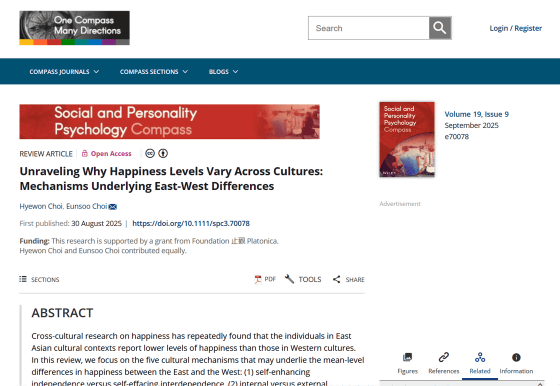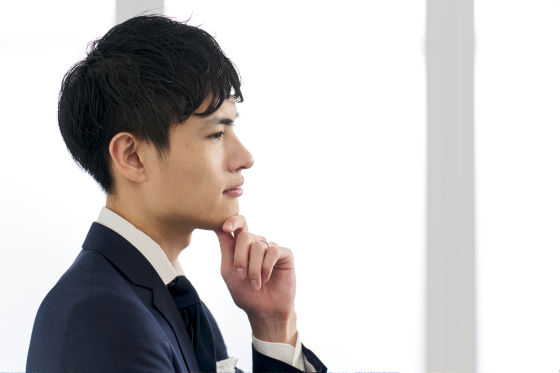What are the 'five cultural trends' that explain the low happiness levels in East Asian countries such as Japan?

Various studies have shown that East Asian countries, including Japan and South Korea, have lower levels of happiness than Western countries. In a paper published by South Korean researchers, they proposed five cultural trends that may be the cause of the low levels of happiness in East Asian countries.
Unraveling Why Happiness Levels Vary Across Cultures: Mechanisms Underlying East‐West Differences - Choi - 2025 - Social and Personality Psychology Compass - Wiley Online Library

Five cultural tendencies might explain the 'East Asian happiness puzzle'
https://www.psypost.org/five-cultural-tendencies-might-explain-the-east-asian-happiness-puzzle/
Many economists and policymakers have long believed that a nation's prosperity increases its people's happiness, and indeed, wealthy countries tend to be happier. However, it has been found that globally wealthy East Asian countries, such as Japan and South Korea, have lower happiness levels than similarly wealthy Western countries. This difference in happiness could not be explained by taking into account factors such as income, social equality, and rights.
To explain this paradox, researchers from Kyung Hee University and Korea University in South Korea conducted a study that looked not at economics or politics, but at how people think about themselves, their emotions, and society.
The researchers conducted a comprehensive study of up to 147 countries, including global surveys, experiments comparing hundreds of East Asians with European Americans, brainwave measurements during concentration, and community analyses of rice- and wheat-growing regions. By integrating this diverse evidence, the researchers identified five cultural trends that could explain the lower happiness levels in East Asia.
The five cultural trends identified by the research team are:
◆1: East Asians are humble and modest
Overall, East Asians tend to be humble, modest, and self-critical, suppressing personal pride and evaluating themselves modestly. In contrast, Westerners emphasize self-improvement, which increases self-esteem and happiness. Experiments have shown that European Americans emphasize strengths over weaknesses, while East Asians assign equal weight to strengths and weaknesses.

◆2: East Asians tend to look to external sources for happiness
East Asians tend to rely on external criteria like social approval and norms to determine how happy they are, while Westerners tend to value internal feelings. Research has shown that Koreans' happiness levels decrease when their happy memories are criticized, while Americans value their own feelings of happiness even if others criticize their memories.
◆3: Strong social norms in East Asia
In East Asia, there are strong and strict social norms about what a good person should be, which forces people to engage in constant social comparisons. As a result, people tend to compare themselves to those who are superior, such as 'my neighbor earns more' or 'my friend seems happier,' which can lead to lower life satisfaction.
◆4: East Asians believe that 'too much happiness is not good'
5. Social networks tend to be fixed in East Asia
In East Asia, relationships are less fluid and people have fewer opportunities to make new friends, so they tend to stay in fixed social networks. As a result, it is difficult to share good news or ask for help when in trouble. In contrast, in the West, relationships are more fluid and people can freely form and end friendships, making it easier to share joys and help each other when in trouble.

Taken together, these cultural patterns may explain why wealth and democracy do not immediately translate into greater happiness in East Asian countries. Psychology website PsyPost noted, 'Happiness is not just about material comfort and social freedom, but is also deeply shaped by cultural habits of thought and social life.'
Related Posts:
in Free Member, Science, Posted by log1h_ik







